Economic Equality Caucus
which advocates for economic equality across the USA.
| Home | Organizational Structure | State Coordinators | Executive Director | Caucus Articles | Memberships | |||||
| "Delta Vision, Delta Voices" | ||||||||||
|
Help Advocate for Economic Progress and Equality. Donate to the Delta Caucus/Economic Equality Caucus. |
||||||||||
Delta Grassroots Caucus Events

Credit Michael Hibblen/ KUAR News, Arkansas Public Radio; Former President Bill Clinton speaking to the Delta Grassroots Caucus on May 2, 2013, at the University of Arkansas Clinton School of Public Service, Little Rock
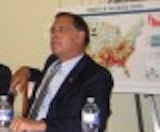
U. S. Senator John Boozman, Arkansas, at a Delta Grassroots Caucus meeting at the US Capitol
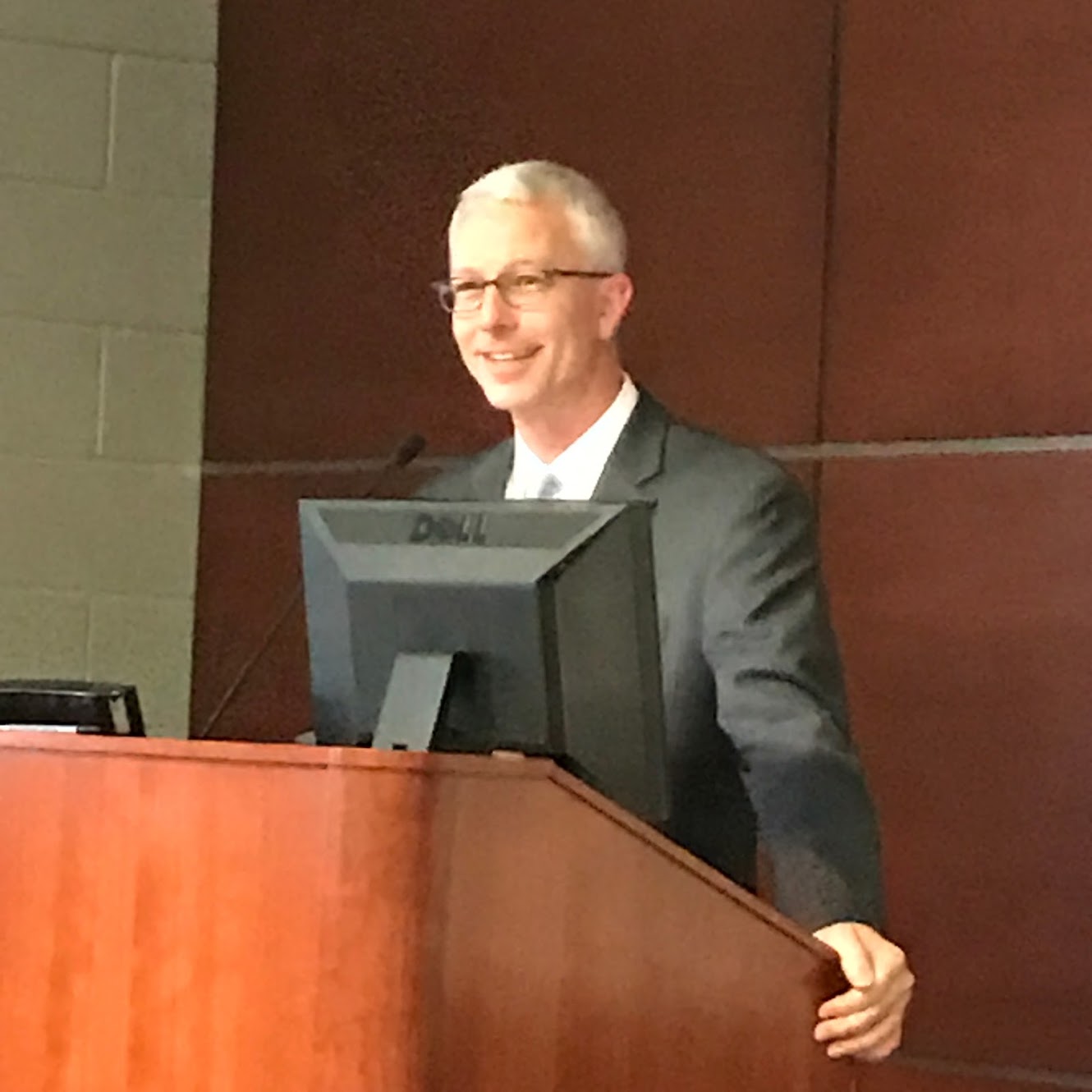
Brad Cole, Executive Director of the Municipal League of Illinois; previously a senior aide to former Republican US Sen. Mark Kirk of Illinois, earlier Mayor of Carbondale, Illinois, veteran Delta regional advocate, speaking at the Delta regional conference in West Memphis, Arkansas on April 26, 2019.

President Bill Clinton makes a comment to Delta Caucus Director Lee Powell at a meeting in Blytheville, Arkansas (in the northeast Arkansas Delta) on Nov. 2, 2014

The Delta Caucus would like to pay tribute to the late, great U.S. Sen. Thad Cochran of Mississippi, a powerful force in the US Senate for decades and a champion for the Delta. Sen. Cochran passed away on May 30, 2019. He spoke to the Delta Caucus on many occasions over the years (he is pictured above speaking to a Caucus event on Capitol Hill in Washington, DC) and his thoughtful, courteous and bipartisan leadership will be sorely missed.
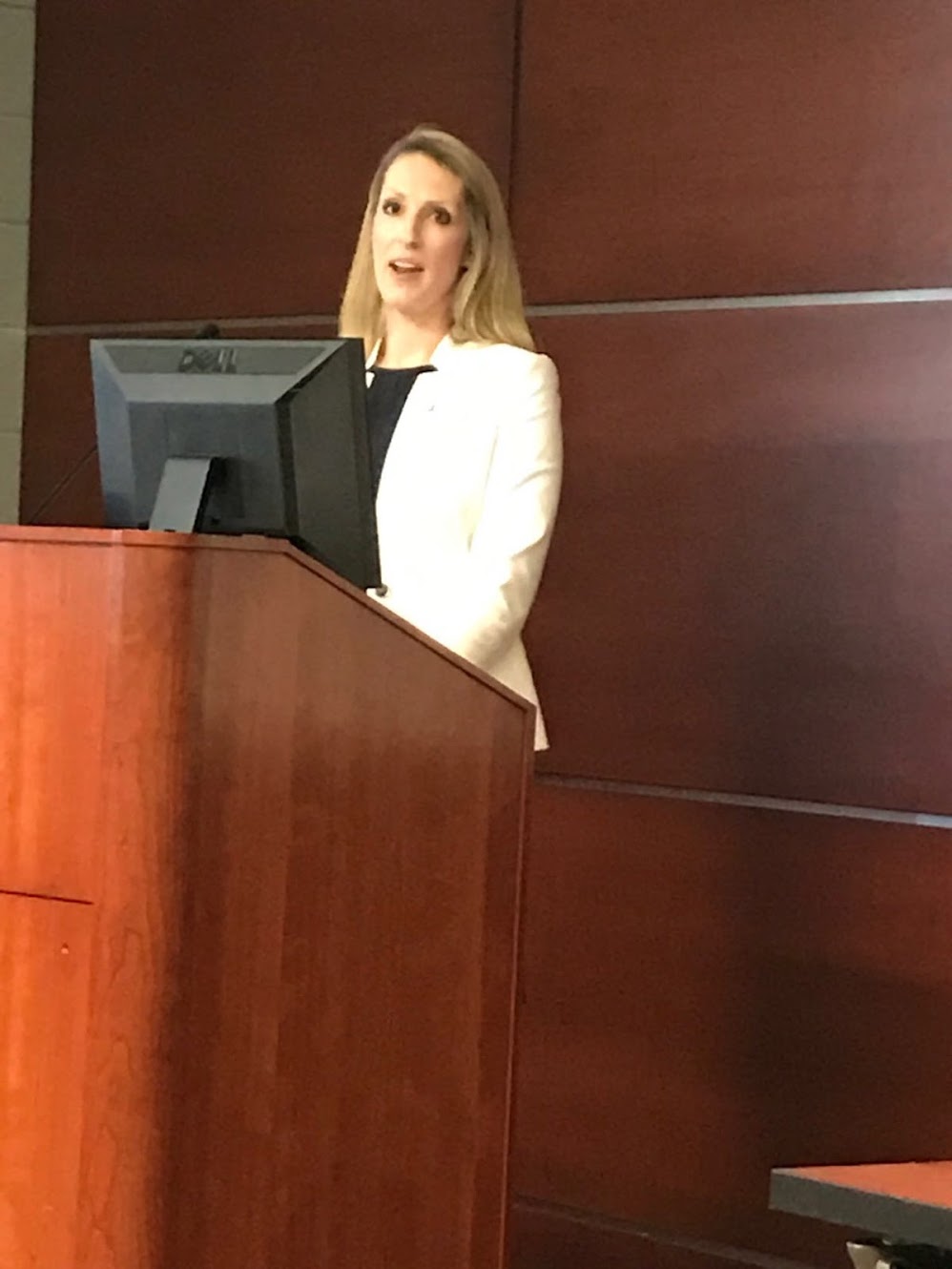
Marcie Lawson, Executive Director, Sikeston, Missouri Regional Chamber and Area Economic Development Corporation, speaking at the Delta regional conference in West Memphis, Arkansas on April 26, 2019.
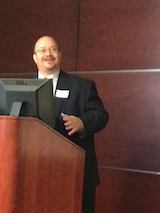
Alan Gumbel, Greater Memphis Alliance for a Competitive Workforce, Memphis, Tennessee, speaking at the Delta regional conference in West Memphis, Arkansas on April 26, 2019.
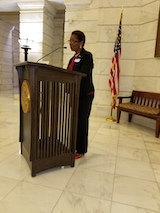
Mayor Shirley Washington of Pine Bluff, AR, speaking to the Delta Caucus at the Arkansas Capitol Rotunda in 2017.
New York Times article: Delta and Rural America Worst Hit by Soaring Gas PricesRiley
Posted on June 14, 2008 at 12:26 PM
We would like to call to your attention this recent New York Times article on the reality that soaring gas prices are even more damaging for the impoverished rural Delta than they are for the rest of the country, due to our lower incomes, the impact of having to drive longer distances over rural areas, and other complications. Many of our people have to choose between food and transportation.
High gas prices obviously harm the entire economy, but this is another example that the Delta suffers disproportionately from economic downturns. Thanks to the New York Times for casting national attention on these issues in the Delta and across rural America. –Lee Riley Powell
Residents In Mississippi Delta Worst Hit By Spiraling Gas Prices
Monday 09 June 2008
by: Clifford Krauss, The New York Times
Tchula, Mississippi - Gasoline prices reached a national average of $4 a gallon for the first time over the weekend, adding more strain to motorists across the country.
But the pain is not being felt uniformly. Across broad swaths of the South, Southwest and the upper Great Plains, the combination of low incomes, high gas prices and heavy dependence on pickup trucks and vans is putting an even tighter squeeze on family budgets.
Here in the Mississippi Delta, some farm workers are borrowing money from their bosses so they can fill their tanks and get to work. Some are switching jobs for shorter commutes.
People are giving up meat so they can buy fuel. Gasoline theft is rising. And drivers are running out of gas more often, leaving their cars by the side of the road until they can scrape together gas money.
The disparity between rural America and the rest of the country is a matter of simple home economics. Nationwide, Americans are now spending about 4 percent of their take-home income on gasoline. By contrast, in some counties in the Mississippi Delta, that figure has surpassed 13 percent.
As a result, gasoline expenses are rivaling what families spend on food and housing.
“This crisis really impacts those who are at the economic margins of society, mostly in the rural areas and particularly parts of the Southeast,” said Fred Rozell, retail pricing director at the Oil Price Information Service, a fuel analysis firm. “These are people who have to decide between food and transportation.”
A survey by Mr. Rozell’s firm late last month found that the gasoline crisis is taking the highest toll, as a percentage of income, on people in rural areas of the South, New Mexico, Montana, Wyoming and North and South Dakota.
With the exception of rural Maine, the Northeast appears least affected by gasoline prices because people there make more money and drive shorter distances, or they take a bus or train to work.
But across Mississippi and the rural South, little public transit is available and people have no choice but to drive to work. Since jobs are scarce, commutes are frequently 20 miles or more. Many of the vehicles on the roads here are old rundown trucks, some getting 10 or fewer miles to the gallon.
The survey showed that of the 13 counties where people spent 13 percent or more of their family income on gasoline, 5 were located in Mississippi, 4 were in Alabama, 3 were in Kentucky and 1 was in West Virginia. While people here in Holmes County spent an average of 15.6 percent of their income on gasoline, people in Nassau County, N.Y., spent barely more than 2 percent, according to the survey.
Economists say that despite widespread concern about gasoline prices, the nationwide impact of the oil crisis has so far been gentler than during the oil crises of the 1970s and 1980s, when shortages caused long lines at the pump, set off inflation and drove the economy into recession.
Americans on average now spend about 4 percent of their after-tax income on transportation fuels, according to Brian A. Bethune, an economist at Global Insight, a forecasting firm. That compares with 4.5 percent in early 1981, the highest point since World War II. At its lowest point, in 1998, that share dropped to 1.9 percent.
“Gas prices have doubled over the last year but the economy has not fallen off the cliff,” said Rajeev Dhawan, director of the Economic Forecasting Center at Georgia State University. “But for the rural lower income people, as a proportion of their income the rise of gas prices is very high.”
While people everywhere are talking about gasoline prices these days, some folks in Tchula (the T is silent) have gone beyond talking.
Anthony Clark, a farm worker from Tchula, says he prays every night for lower gasoline prices. He recently decided not to fix his broken 1992 Chevrolet Astro van because he could not afford the fuel. Now he hires friends and family members to drive him around to buy food and medicine for his diabetic aunt, and his boss sends a van to pick him up for the 10-mile commute to work.
A trip from Tchula to the nearest sizable town about 15 minutes away can cost him $25 roundtrip - for the driving and the waiting. That is about 10 percent of what he makes in a week.
Taking a break under some cottonwood trees beside a drainage ditch filled with buzzing mosquitoes, Mr. Clark and members of his work crew spoke of the big and little changes that higher gas prices have brought. The extra dollars spent at the pump mean electric bills are going unpaid and macaroni is replacing meat at supper. Donations to church are being put off, and video rentals are now unaffordable.
Cleveland Whiteside, who works with Mr. Clark and used to commute 30 miles a day, said his Jeep Cherokee was repossessed last month, because “I paid so much for gas to get to work I couldn’t pay my payments anymore.” His employer, Larry Clanton, has lent him a pickup truck so he can get to work.
Signs of pain and adaptation because of the cost of gas are everywhere. Local fried chicken restaurants are closing because people are eating out less. At the hardware store here, sales have plummeted to $30 a day from $250 a day a month ago.
“Money goes to gasoline - I know mine does,” said the hardware store’s manager, Pam Williams, who tries to attract customers by putting out choice crickets for fishing bait beside the front door.
Local governments are leaving grass high along the roads and doing fewer road repairs to save on fuel costs. The Holmes County government has cut the work week to four days to give workers gasoline relief (keeping the same total of hours), and politicians are even considering replacing sanitation workers with prison inmates on some shifts to conserve money for fuel.
The local price for a gallon of regular unleaded gasoline was roughly $3.85 last week, slightly below the national average, but the median family income in Holmes County is about $18,500.
Nationwide, regular unleaded gasoline reached an average of $4.005 on Sunday, according to the American Automobile Association. That is the highest price ever and about a dollar higher than at the start of the year.
While looking to cut workers at his fish processing plant in nearby Isola, Miss., Dick Stevens, president of Consolidated Catfish Producers, said that 10 workers walked into his office last week and volunteered to take a buyout rather than continue commuting from Charleston, Miss., 65 miles away. “The gas ate them alive,” he said.
Workers at the plant are trying to find ways to cope. Josephine Cage, who fillets fish, said her 30-mile commute from Tchula to Isola in her 1998 Ford Escort four days a week is costing her $200 a month, or nearly 20 percent of her pay.
“I make it by the grace of God,” she said, and also by replacing meat at supper with soups and green beans and broccoli. She fills her car a little bit every day, because “I can’t afford to fill it up. Whatever money I have, I put it in.”
Sociologists and economists who study rural poverty say the gasoline crisis in the rural South, if it persists, could accelerate population loss and decrease the tax base in some areas as more people move closer to urban manufacturing jobs. They warn that the high cost of driving makes low-wage labor even less attractive to workers, especially those who also have to pay for child care and can live off welfare and food stamps.
“As gas prices rise, working less could be the economically rational choice,” said Tim Slack, a sociologist at Louisiana State University who studies rural poverty. “That would mean lower incomes for the poor and greater distance from the mainstream.”
Back to the top